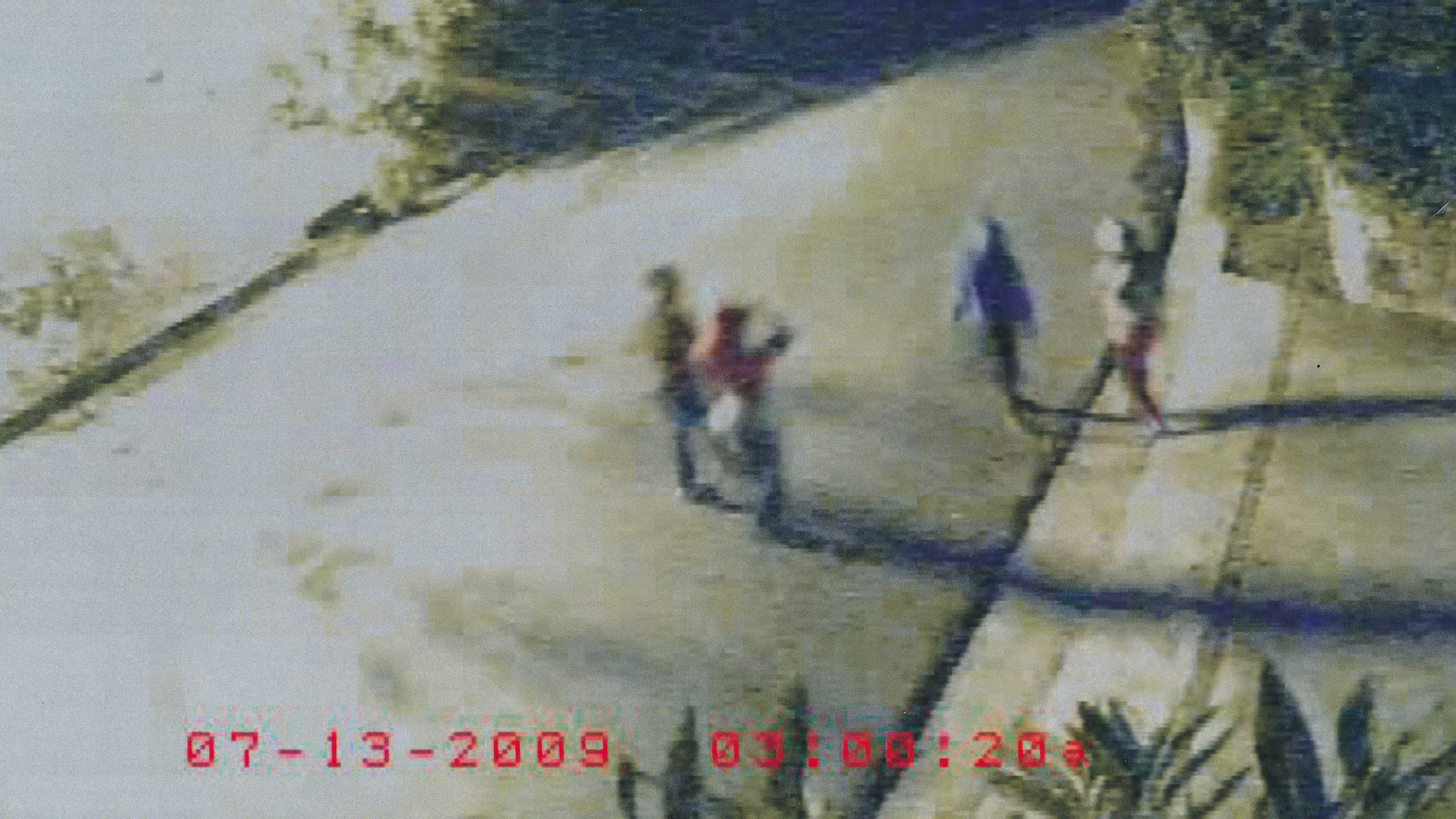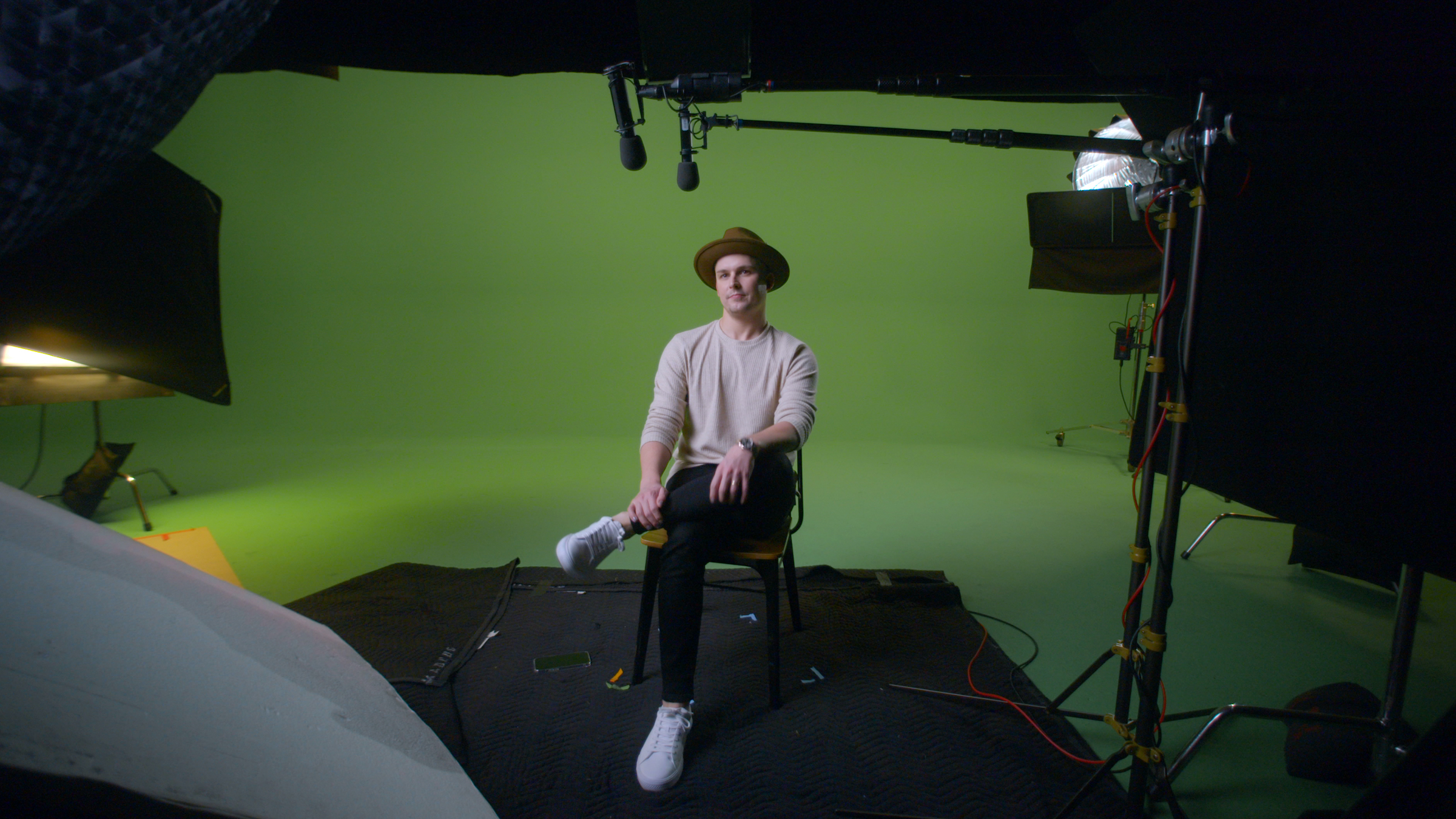The Bling Ring—a group of teens who committed a string of burglaries in the homes of multiple celebrities between 2008 and 2009—was a tabloid-ready scandal born at the nexus of celebrity obsession and the perennial truth that attention has always been the most valuable social commodity. The teens behind the Ring—Rachel Lee, Alexis Haines (formerly Neiers), Nick Norgo (formerly Prugo), Diana Tamayo, and Courtney Ames—craved fame, attention, and on some level, infamy.
The group ransacked the homes of Audrina Patridge, Orlando Bloom, Lindsay Lohan, Paris Hilton, Ashley Tisdale, and Rachel Bilson, among others. After they were arrested in 2009, media coverage cast them as young, dumb, celebrity-obsessed kids—which wasn’t all wrong. But, in the view of director Miles Blayden-Ryall, much of the coverage sorely lacked nuance. The teens’ stories have long been told for them, including in Sofia Coppola’s 2013 movie The Bling Ring. Netflix’s docuseries The Real Bling Ring, which hit the streamer last week, sets out to give the now-grown perpetrators the opportunity to tell their stories themselves. The docuseries is no doubt entertaining, but if the subjects were looking to restore their public image through participation, they might be disappointed in the finished product.
How the crimes went down

Lee and Norgo, the two main accomplices in the crimes, met in high school, when they started breaking into cars in rich neighborhoods. As Norgo describes in the docuseries, he would drive his car, and Lee would have her head out the window tugging on car doors to see if any were unlocked. They increased the stakes when they broke into Paris Hilton’s home, stealing jewelry and other items. As they continued to burglarize homes, they invited others to join them, including Haines, who went with the group to Orlando Bloom’s home. The teens were eventually caught on The Hills star Audrina Patridge’s home security footage, which Patridge posted online. A tip was given to the police, and soon after, Norgo, Lee, and the others were arrested.
Questions immediately began swirling around how the teens were able to pull something like this off. They didn’t seem remorseful when the crimes were publicized; all the while, the tabloid and gossip magazines were writing them off as celebrity-obsessed kids.
Blayden-Ryall tells TIME that when doing research for the project, the media he consumed felt “a bit reductive.” “In all of the media that I read or watched, no one really touched on what was the true motivation behind why these kids were doing it,” he said. “As soon as I started speaking to them on the phone in this very early pre-production phase, it started to become very clear very quickly that this was a story that had a lot more nuance.”
A culture obsessed with celebrity

While the film dives deeper into the crimes and how they were executed, it also explores the backdrop against which they took place: tabloid and gossip magazines’ obsession with the celebrity-obsessed, and the narrative that took hold in shaping the public’s perception of the teens of the Bling Ring. Blayden-Ryall tells TIME, “There was sort of this hypocrisy and finger-pointing at these kids [from the media] and saying they’re just celebrity-obsessed, but not taking any responsibility for the culture that they are involved in creating.” The director doesn’t blame the media for the crimes that took place, but he believes “we all have to take responsibility for the culture that we participate in.”
The boom of reality television also played a part in the story, as Haines was given her own show on the E! Network, Pretty Wild, not long before her arrest in 2010. During filming, she was abusing drugs and was frequently high. The docuseries revealed that the footage of Haines’ arrest for her connection with the Bling Ring was facilitated by the production crew and not entirely real. Haines goes on to say that the events that followed, which included a stint in rehab, were “brutal.”
While viewers might feel for Haines, it’s difficult to fully buy her and her collaborators’ attempts to rewrite the past through their involvement with this project. Haines and Norgo come off as just as naive as they were when the media circus surrounding their crimes began. It seems as though they are trying to garner sympathy in the same way they did back then—Haines with an infamous Vanity Fair article and Norgo appearing on Good Morning America against his lawyer’s advice. With this series, they attempt to evade accountability, which only serves to further damage their reputations.
The attention economy, then and now

The docuseries takes an unconventional turn toward the end, when Norgo’s second attorney, Markus, ends the series with a soliloquy about the dangers of the attention economy and the many red flags presented to society as social media has boomed in the years since the scandal. “This story is a warning that if we are not careful, we’re gonna end up in a world where the line between reality and fantasy is so blurred, that we will no longer be defined by who we think we have to be,” Markus says. At this moment, the subjects are revealed to be in front of green screens rather than the idealized, picturesque settings that viewers likely assumed were real throughout the series.
The moment breaks the fourth wall, forcing the viewer to realize that as they sit and watch these subjects give their testimonies, they are giving them exactly what they wanted all along: attention.
Blayden-Ryall tells TIME that the decision to have this twist ending was half-practical and half-intentional. It was a practical decision because they had a certain amount of time to interview each subject and traveling to each person and setting up and breaking down a set is very time-consuming. He proposed that instead, they film in a studio so they could spend as much time as possible with each subject. The idea for the green screen came about in a conversation Blayden-Ryall had with the executive producers about how to prompt viewers to question everything they’ve seen up to that point.
He says the docuseries set out to examine various layers of blurred lines. One was the Bling Ring group’s blurred sense of themselves when they were stealing these expensive items from celebrities’ homes and creating flashy new personas. Another was in the way that Haines’ reality show blurred the lines of reality and performance even further.
Blayden-Ryall attempts to drive home a comparison between the Bling Ring and issues surrounding young people and social media today. “It’s difficult to know now when you actually look at these [platforms like Instagram and TikTok], what’s real and what isn’t,” he says. The mediums may have changed over the years, but the concerns about misplaced values persist. Young people today are sinking further into the quicksand of social media, at risk of being engulfed by the unrelenting misery of the Internet. “Our attention is pointed in the wrong direction. What we’re putting importance and value on is potentially not very healthy and for young people, it’s important to try and get that message across to them.”
More Must-Reads from TIME
- Your Vote Is Safe
- The Best Inventions of 2024
- How the Electoral College Actually Works
- Robert Zemeckis Just Wants to Move You
- Column: Fear and Hoping in Ohio
- How to Break 8 Toxic Communication Habits
- Why Vinegar Is So Good for You
- Meet TIME's Newest Class of Next Generation Leaders
Write to Moises Mendez II at moises.mendez@time.com